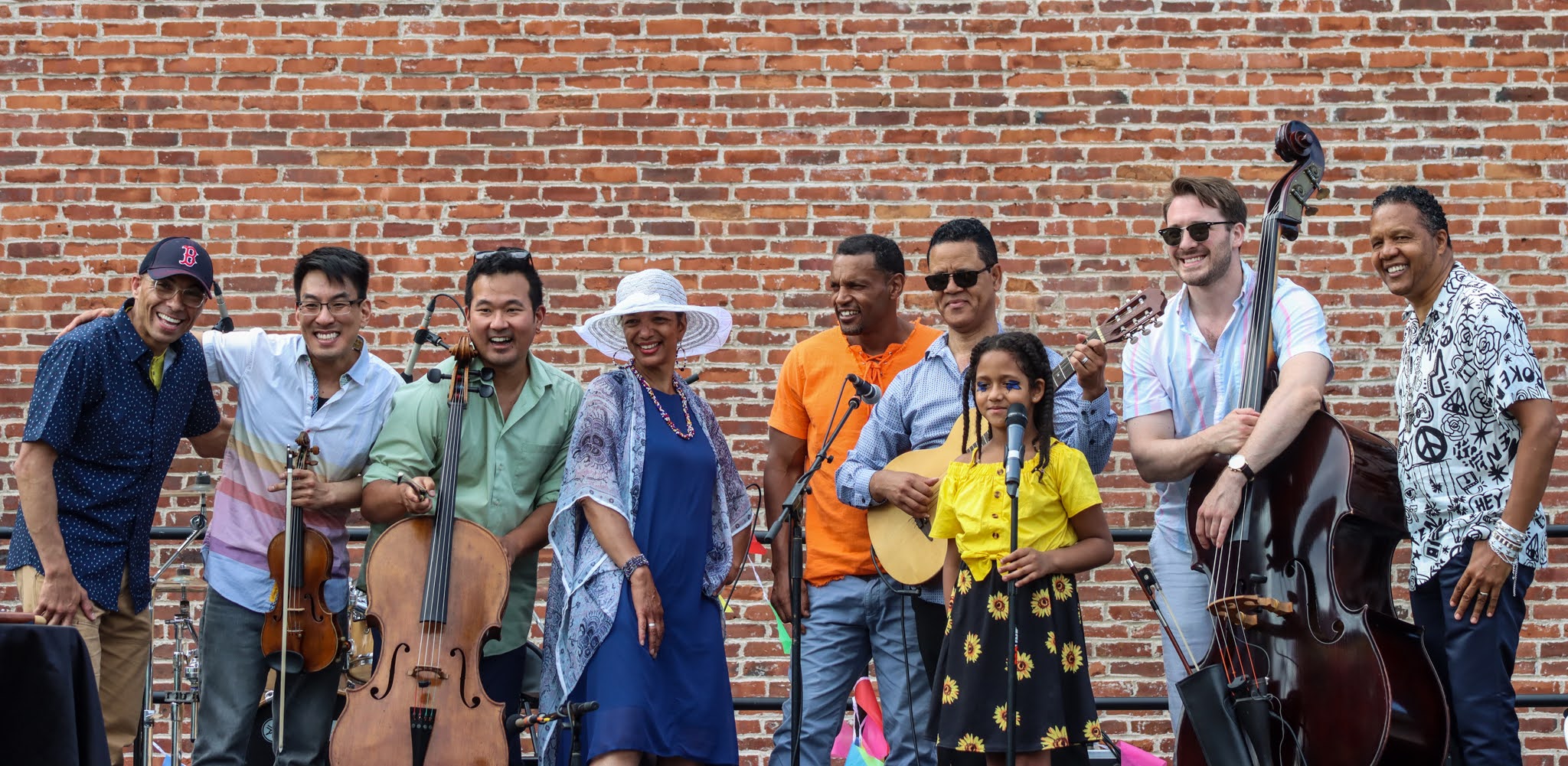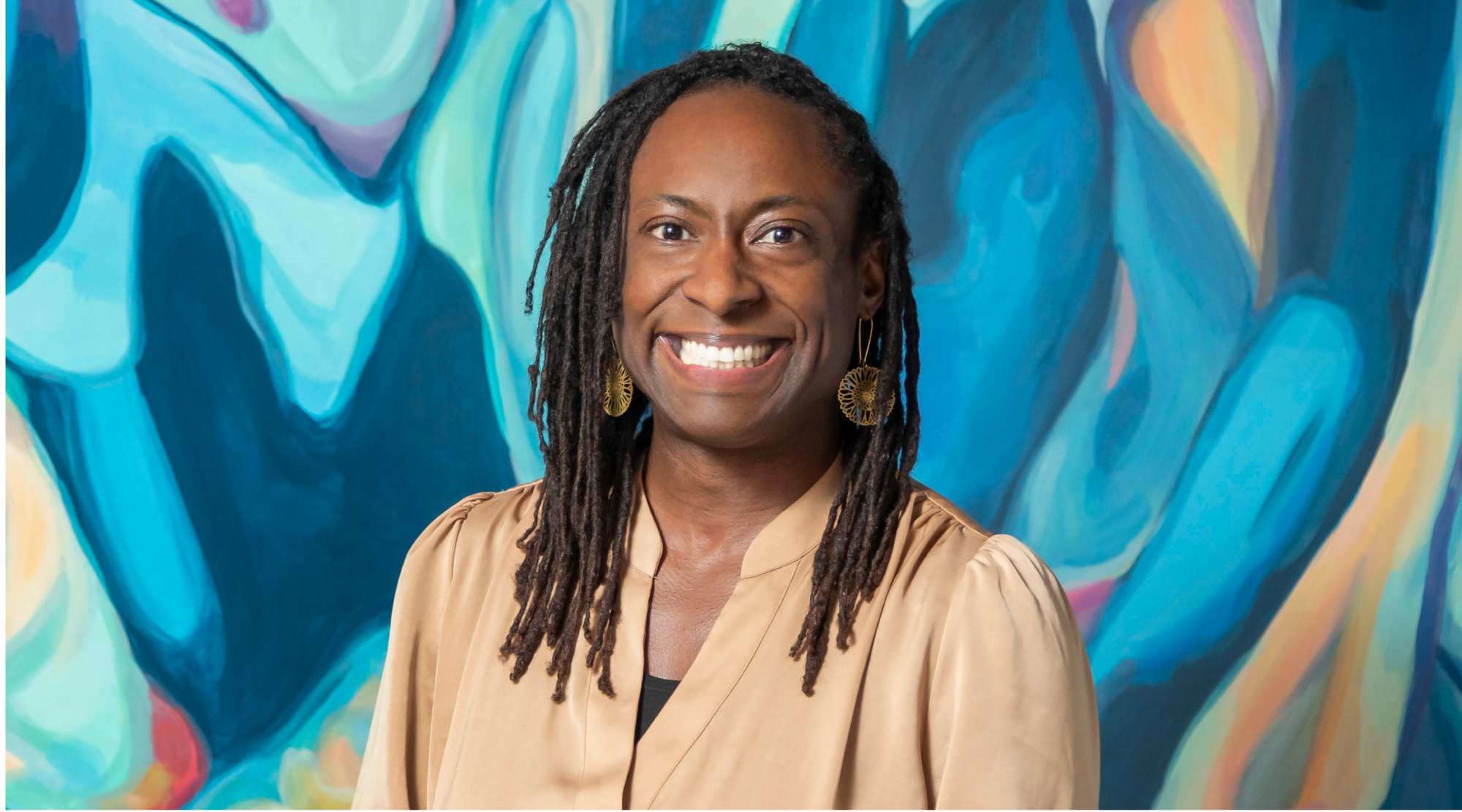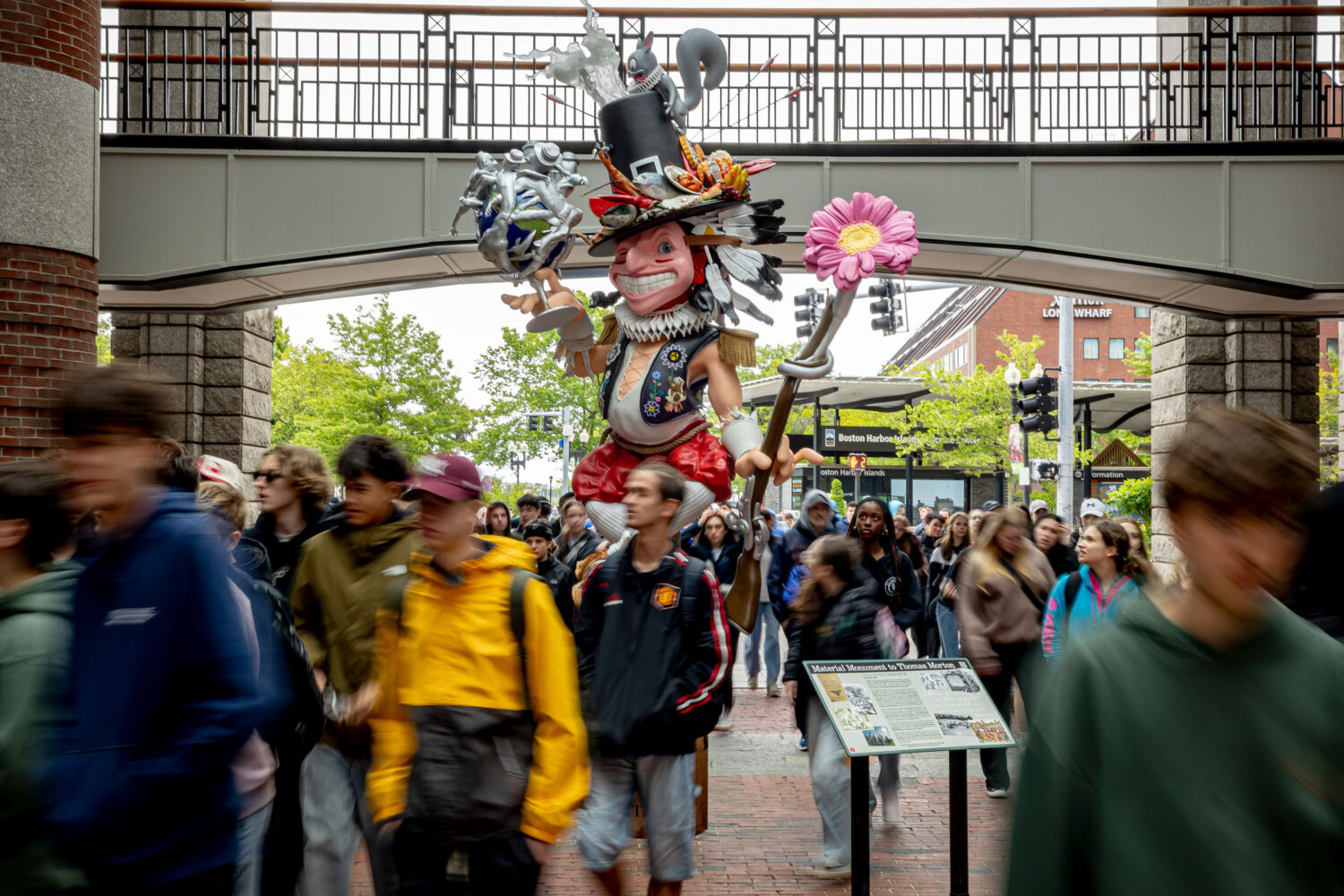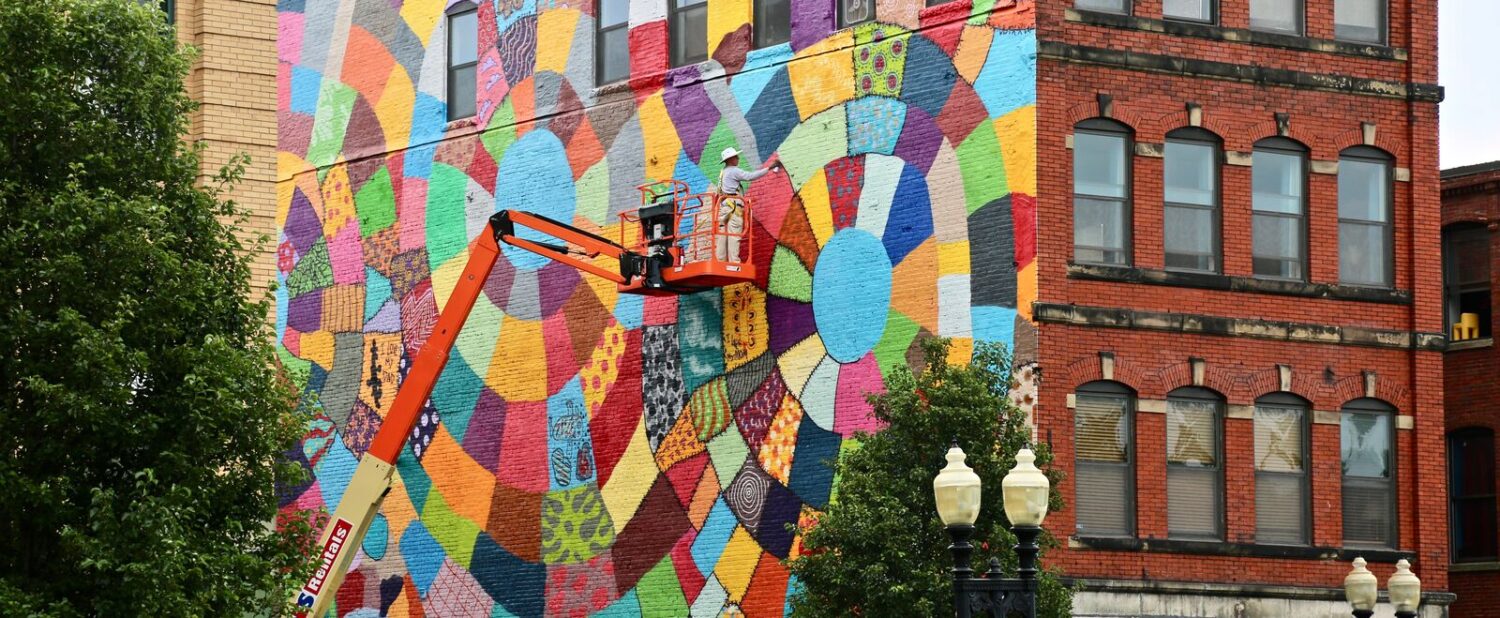You’ve been at Barr for a while now. What surprised you most in your first few months as a program officer for Arts & Creativity?
I came to Barr from an organization that had over 100 employees. In contrast, the Barr Foundation has under 50 employees and is in a time of expansion. It has been cool to be a part of the new wave of folks joining Barr and to learn about the Foundation’s history and trajectory. When I moved to Massachusetts, the amount of compassion, grace, and generosity that was offered by my new colleagues was so welcoming. I didn’t know what to expect. People kept asking me “What do you need?” and “How can I help?” It speaks volumes about the culture at Barr.
From your studies in psychology, African Diaspora, and Black Feminism to your work in community health and environmental justice, you bring multiple ways of thinking to this work. Tell us a bit about how your interdisciplinary background informs your grantmaking approach.
I should say first that being part of the Arts & Creativity team and being able to focus on the arts is a dream. I grew up in a creative family, with people who sang, danced, choreographed, and created art in many ways. Since I was little, I’ve been involved in theater, dance, and spoken word poetry. Growing up, I knew exceptionally creative folks who seldom got put on stage, were often overlooked, or found that a career as an artist was unsustainable. As I started to travel and meet more artists, I kept seeing the same thing.Being able to be a grantmaker in this field, to support artists and arts ecosystems, feels spacious, like a big “yes.”
I’m from Oakland, California – a hub of movement-building, cultural innovation and diversity, youth activism, and intellectual rigor. Where folks make their own way when no others are available. I’ve been a youth organizer and cultural organizer, and I’ve practiced theater for social change. My previous role focused on achieving health equity locally and statewide through centering grassroots organizing and building people power across interrelated systems and focus areas. If anything, I have learned that when people connect their issues, map out plans, and make sure that all are cared for, then people can affect change. I think about: What are the issues facing artists? What are challenges in resourcing and proliferating the arts and how do they reflect and intersect with local, statewide, racial, and economic justice challenges?
Coming from work where I primarily engaged with movement builders to now engaging with arts leaders, I’m learning about the different questions to ask, the different things to listen for. And I’m bringing an awareness that while both communities may work to analyze and change local and regional conditions and to bring people together, arts leaders are also focused on creative work and the capacity to do that well.
We don’t live siloed lives, or as Audre Lorde put it, “There is no such thing as a single-issue struggle because we do not live single-issue lives.” So when we think about building just and healthy communities – where artists, arts, and creativity can thrive – we need to approach it in every generative way possible.
What led you to a career in philanthropy?
It was not what I had in mind growing up or knew existed until I became an adult. I just knew I wanted to contribute to the health, well-being, and rights of communities. Working in the nonprofit sector – doing everything from service delivery to programming to grant writing – I’ve seen all the ways organizations will bend and stretch to get the grant or to build the right relationships with funders in order to be sustainable. And I always wondered what happens on the other side.
As I wondered about the world that funders were coming from, it also led me to learn about the ways in which folks from Black, Native, and im/migrant communities of color have always engaged in philanthropy — not just formal, organized philanthropy, but also informal networks like mutual aid. I started to learn more about mutual aid networks and legacies, like the social aid and pleasure clubs in Louisiana, where my mama’s folks are from.
That inquiry led me serendipitously to find out about a fellowship program that was placing community health advocates within The California Endowment (TCE), one of the largest private health foundations in the United States. This fellowship led to a permanent placement, and I got to work alongside brilliant folks with deep experience in philanthropy, grassroots organizing, public health and health care, social work, local government, state policy, and the arts.
Institutional philanthropy historically was built on a white savior, charity model. It was fraught with complications and has done harm. At TCE, I learned that philanthropy, if it is to be effective, must be accountable to the complex needs, ideas, and visions of the people. This understanding has brought me here to Barr, where there is a strong stance of being in authentic partnership.
Barr has been working to embody a new core value to center racial equity. What does that look like for the Arts & Creativity team?
Artists have this uncanny way of leading by saying and doing the things that others won’t. They are the folks who dream big and who are bold and radical. When it comes to imagining and dreaming about what’s possible, artists are leading the way as multifaceted people: visionary thinkers, activists, conveners, organizers, educators, health practitioners, caregivers, and so on.
I believe that strong arts ecosystems characterize the livability, innovation, and liberatory and revolutionary nature of places. Although critical to social change, arts, and creativity continue to be sidelined. Artists’ needs sit at the intersection of multiple issues – housing, workforce, health care, sustainable economies – and the voices, decision-making power, and leadership of artists and creatives are critical in order to make substantive change.




